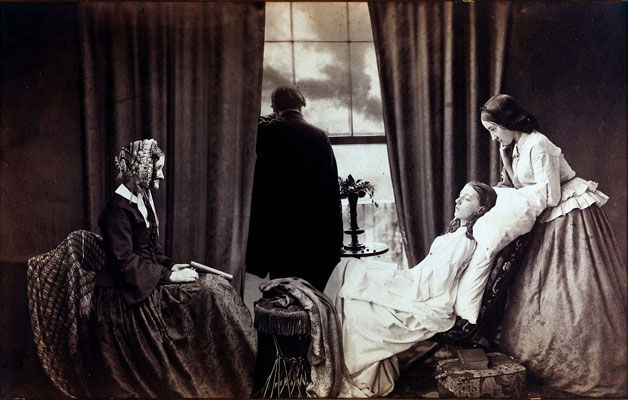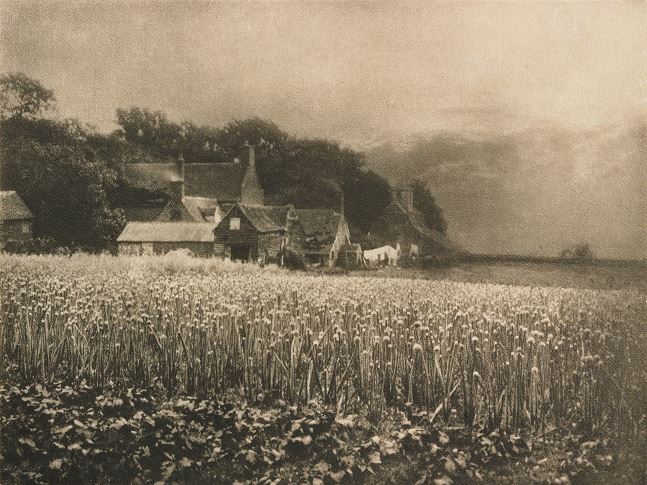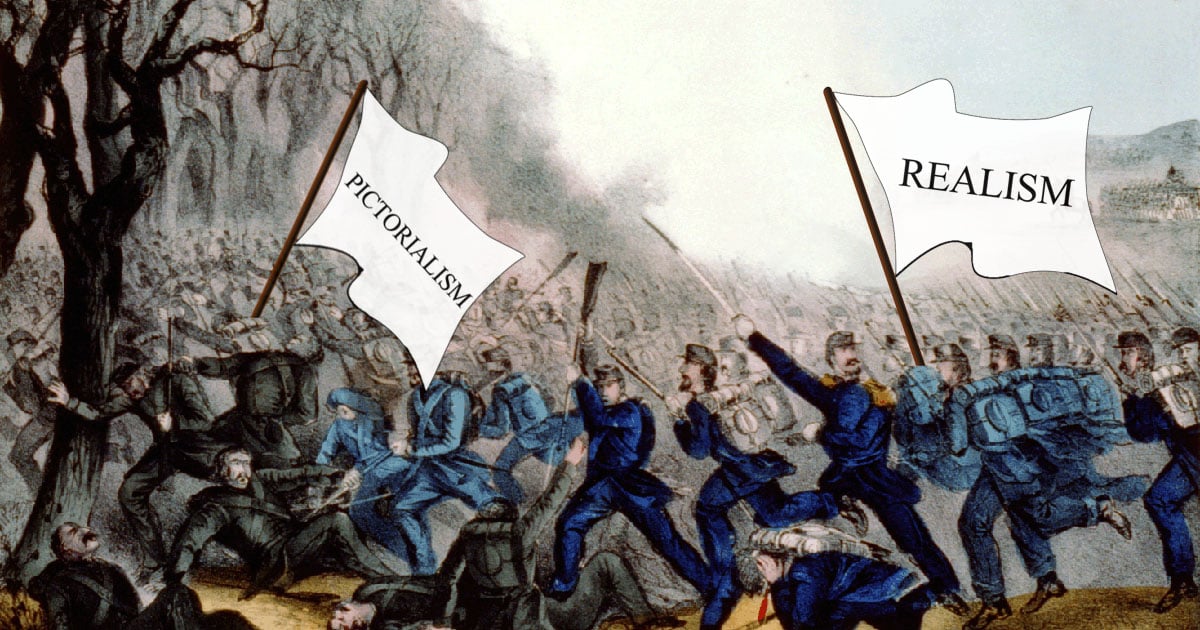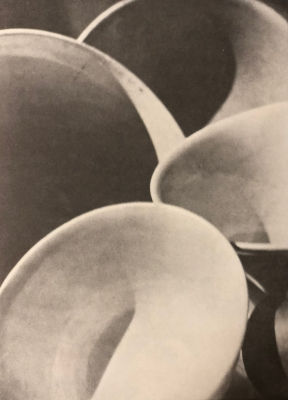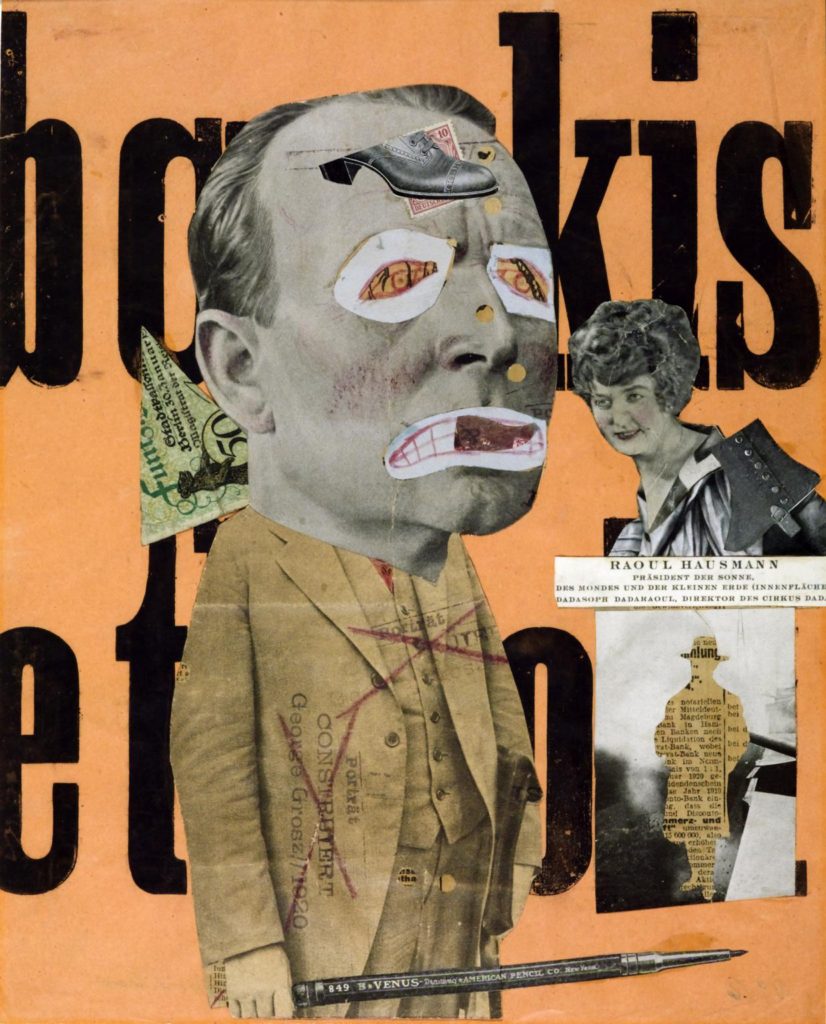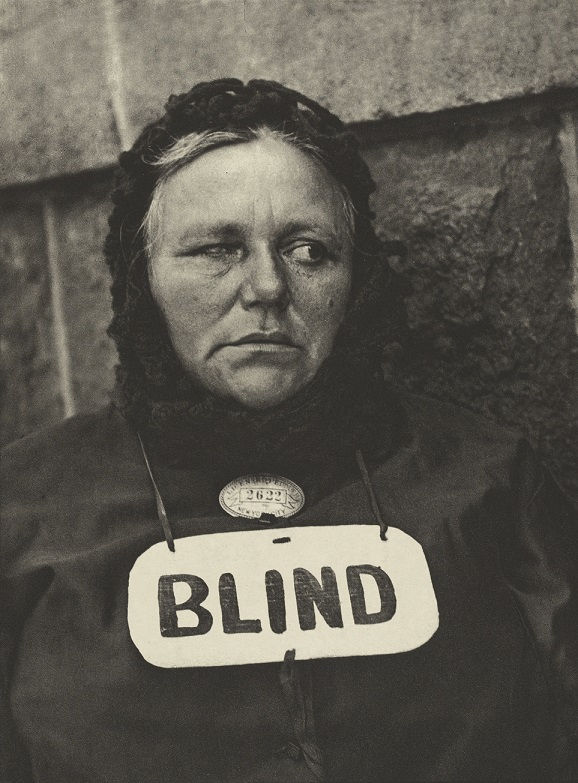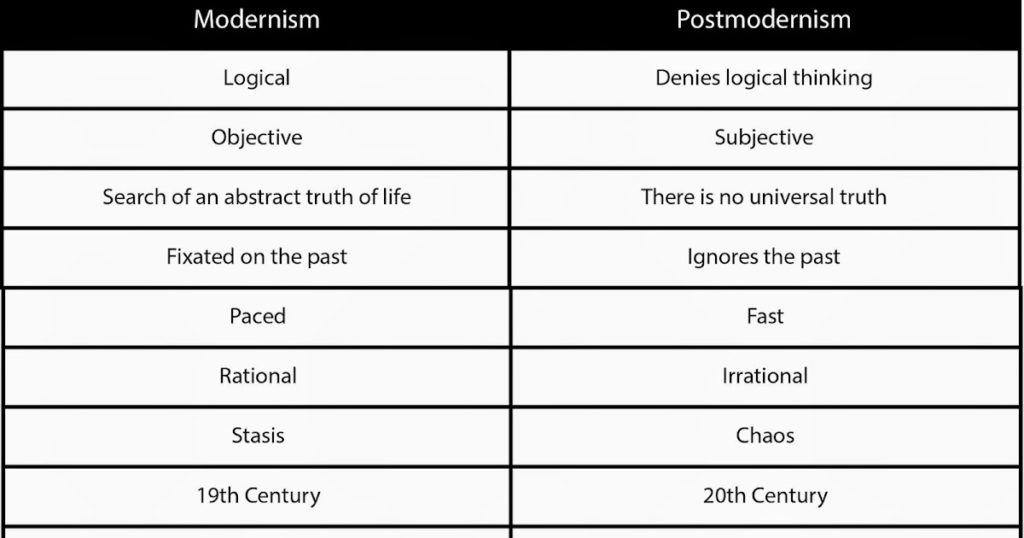
A form of photography has existed since almost the beginning of human existence. It has been theorised that as far back as 500BCE small holes in tents or animal skins created a photographic effect that inspired Palaeolithic cave paintings. Written records of a ‘pinhole camera’ first appeared in 4BCE in the Chinese text ‘Mozi’ edsciribing a ‘Treasure House’ inverted by a pinhole to collect light and produce an image. In 1502, in his book ‘Codex Anticulous’ Leonardo da Vinci gave the clearest and most concise description of a camera since it’s initial conception as an idea, writing “If the façade of a building, or a place, or a landscape is illuminated by the sun and a small hole is drilled in the wall of a room in a building facing this, which is not directly lighted by the sun, then all objects illuminated by the sun will send their images through this aperture and will appear, upside down, on the wall facing the hole. You will catch these pictures on a piece of white paper, which placed vertically in the room not far from that opening, and you will see all the above-mentioned objects on this paper in their natural shapes or colours, but they will appear smaller and upside down, on account of crossing of the rays at that aperture. If these pictures originate from a place which is illuminated by the sun, they will appear coloured on the paper exactly as they are. The paper should be very thin and must be viewed from the back.” It wasn’t until 1604 that the name Camera Obscura was used in conjunction with this invention, appearing in Johannes Kepler’s book Ad Vitellionem Paralipomena. The camera was initially used to study eclipses without exposing the eyes to the suns harsh and damaging rays but progressed to use as a drawing aid, producing incredibly accurate depiction which could easily achieve graphical perspective. Obviously all of these images were fleeting and were not fixed to material. It would take thousands of years from the conception of the cameras theory for the ability for photographers to fix the shadows.

Thomas Wedgwood is credited as being the ‘First Photographer’ being the first person known to have thought of creating permanent pictures by capturing camera images on material coated with a light-sensitive chemical. He was not successful in making permanent pictures but was able to produce shadowed photograms that was a scientific breakthrough and paved the way for his successors Daguerre and Talbert.
Photography as we know it was invented in 1939 by Louis-Jacques-Mandé Daguerre who created the daguerreotype, a method of fixing an image to a mirror like sliver plated copper. It was the first publicly available photographic process and was widely used in the 1840s/50s. As an academically trained painter Daguerre was particularly interested in creating a spectacle of entertainment which led to the dramatic creation of Daguerreotypes to create an experience rather than just a picture. dram The daguerreotype produced rich and lifelike photographs that were very beautiful however incredibly expensive to create and also were unable to be replicated due to the nature of the materials used. This caused a decline in popularity in the method and led photographers to explore other methods such as Talbert’s.

At the same time as Daguerre, Henry Fox Talbert, an MP, writer and botanist was developing his own method to ‘fix the shadows’. As an artist he was a terrible drawer so was very interested in the theory of photography to allow him to replicate surroundings accurately. His method was a salted paper technique in which paper was made wet with a solution of salt and then, after drying, was brushed on one side with silver nitrate. When exposed to light the paper would darken to produce an image and would then be stabilised by more strong salt. This method was the most effective way of producing photographs and quickly overshadowed Daguerre as the most popular photography process.
Introduced in 1900, the Eastman-Kodak brownie revolutionised photography. The camera sold for a dollar each and quickly brought photography into the home, making photography readily available for amateur photographers and families to document their lives. Initially manufactured for children, the brownie was a major success with all sorts of people, particularly soldiers who took the camera’s into the heart of battle in the first world war, composing historically significant images that are still emotive today. Kodaks marketing campaign “You Press the Button, We Do the Rest” was a great success which encouraged people to take more casual, relaxed photos which brought about happier expressions and smiles, more akin to photography today.



